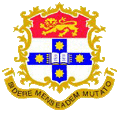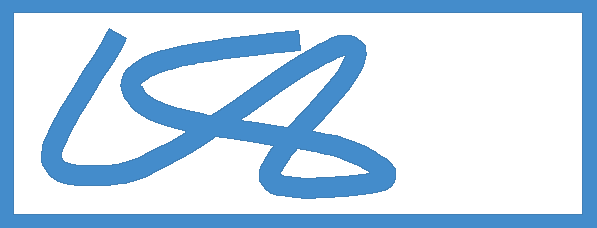 |
Integrated Sustainability Analysis |
 |
| Home Contact Search Media |
Industrial ecology and metal flows in AustraliaJacob Fry , Manfred Lenzen and Damien Giurco This study aims to better understand the flows of waste metals in Australia through the construction of a Waste Input-Output (WIO) model. The model will map numerous waste types, including metals, from generation by industry and households to various waste treatment methods. This study is a collaboration between the Industrial Ecology Virtual Laboratory (IELab) and the Wealth from Waste projects. Australia produces approximately 4.6 million tonnes of metal waste annually (ABS, 2013). Of this, approximately 7% goes to landfill, 56% is recycled and 37% is exported. Exports of metal waste are mostly to Asia and include cast iron, ferrous metals, gold, copper and aluminium. In addition, 200,000 tonnes of electronic waste is produced containing a range of different metals. For some metals the end-of-life recycling rates are greater than 50%, for example iron, aluminium, copper and lead. In other cases, such as gallium, recycling rates are less than 1% (UNEP, 2011). This disparity reflects the variety of applications and volumes in which metals are used. In applications such as electronics, it may be technically very difficult (and uneconomic) to recover some metals which are dispersed throughout the product in trace quantities. Unfortunately, existing data on metal waste (and waste in general) in Australia is relatively coarse. Data covering the generation of metal waste, spatially and by economic sectors, is usually quite aggregated. For example, the data may differentiate waste generation by state and territories, or as originating from the ‘manufacturing’ sector – both significantly aggregated metrics. This aggregation limits the usability of the data for analyses. In addition, the data coverage and level of aggregation often varies with jurisdiction and reporting entity. To overcome these data limitations the WIO model will be constructed by combining a variety of published waste data sources, including data from the ABS, various levels of government and industry reports. Unpublished industry-specific waste data will also be included where available. These data will be combined using the techniques available within IELab, which is hosted on the NeCTAR high-performance computing infrastructure. IELab was built with exactly this problem in mind: the need to reconcile “fragmented, dispersed and mis-aligned data” (Lenzen, in press) to produce Multi-Regional Input-Output tables that can be used for environmental-economic accounting and modelling important questions in Sustainability Science. In an IO model, the inputs required by a given sector for production are contained in the direct requirements matrix. This matrix quantifies the production recipe by which inputs are transformed into products and services. A change in the structure of a sector, such as the introduction of new technology or processes, can be modelled by adjusting the coefficients in this matrix. If the target sector does not exist independently in the current economy (it is aggregated within another), or if it is an entirely new sector, it can be augmented to the existing table. The economy-wide impacts caused by the introduction of, or the changes to, this specific sector can then be unravelled. Such an approach has been applied by numerous authors including Wiedmann et al. (2011) and Barrett & Scott (2012). This approach could be used to model change in a waste treatment sector in Australia. Currently, basic processing of electronic waste (such as dismantling and separation) is done in Australia but the recovery of metals by thermal processes occurs mostly overseas. If the basic metal recovery occurred in Australia there may be a range of flow on effects in the economy. The structure of this target sector could be modelled on a sector performing this function in another economy, potentially Japan, which has very high material recycling rates. This technique could also be used to model new patterns of final demand (consumption of goods and services) and the effect this would have downstream, on the waste treatment sectors, and upstream, on the product supply chain as well as the embodied energy and emissions implications.
For further information please contact
|
